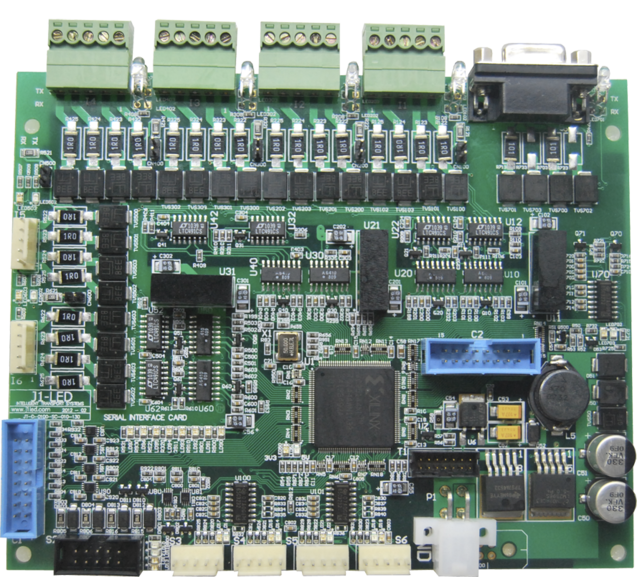The Evolution of Circuit Board Technology is akin to a journey from crude wiring to intricate nano-mazes—a micro-epic of humanity continually drafting more complex blueprints of civilization on silicon substrates. Its evolution has not only defined the form and function of electronic devices, but has also profoundly propelled the entire Information Age.
1. The Beginning of The Evolution of Circuit Board Technology
The earliest precursor to the circuit board can be traced back to the early 20th-century “bread board” . Where wires directly connected components on an insulating board—a process that was cumbersome and prone to errors. The true revolution began in 1936 with Paul Eisler’s invention of printed circuit technology. By etching metal foil on a substrate to form conductive pathways. He achieved the “printing” and mass production of circuits, laying the groundwork for the miniaturization of military electronics during World War II. In the post-war era, this technology rapidly commercialized. Single-sided phenolic paper-based boards became mainstream, allowing transistor radios to enter millions of households.
2. IC Board In This Evolution
With the advent of integrated circuits, double-sided and even multi-layer circuit boards emerged in the 1960s and 70s. Utilizing lamination technology, conductors were routed in three-dimensional space, significantly increasing wiring density and signal integrity. Which directly supported the rise of the personal computer. The widespread adoption of Surface Mount Technology (SMT) in the 1980s marked another milestone. Replacing traditional through-hole mounting, SMT enabled smaller, denser components and made automated production a reality, catalyzing the development of a range of portable devices, from mobile phones to laptop computers.
3. The Evolution of Circuit Board Technology Comes to 21ST Century
Entering the 21st century, High-Density Interconnect (HDI) and Any-layer HDI technologies pushed trace widths and spacing to the micron level. And meeting the extreme demands for high-performance processors and device miniaturization. Today, circuit board technology is deeply integrating with semiconductor packaging, advancing toward developments. Like System-in-Package (SiP) and Integrated Passive Devices (IPDs). It continues to play an indispensable role as the physical foundation in the wave of 5G, artificial intelligence, and the Internet of Things.
In summary. Throughout its development, the circuit board has evolved from a simple interconnect carrier into a critical component that determines system performance. It has silently chronicled every solid step of humanity’s progress from the Electrical Age to the Intelligent Era. And erving as a lasting imprint of civilization etched upon silicon.
